|
Fri, 2021-11-26 KooGiG-Junior is an annual forum on the role of gas and dust in galaxies from low to high redshift. The forum aims to bring together active astronomers, especially early career scientists, for the purpose of exchanging recent progress and discussing future fro
|
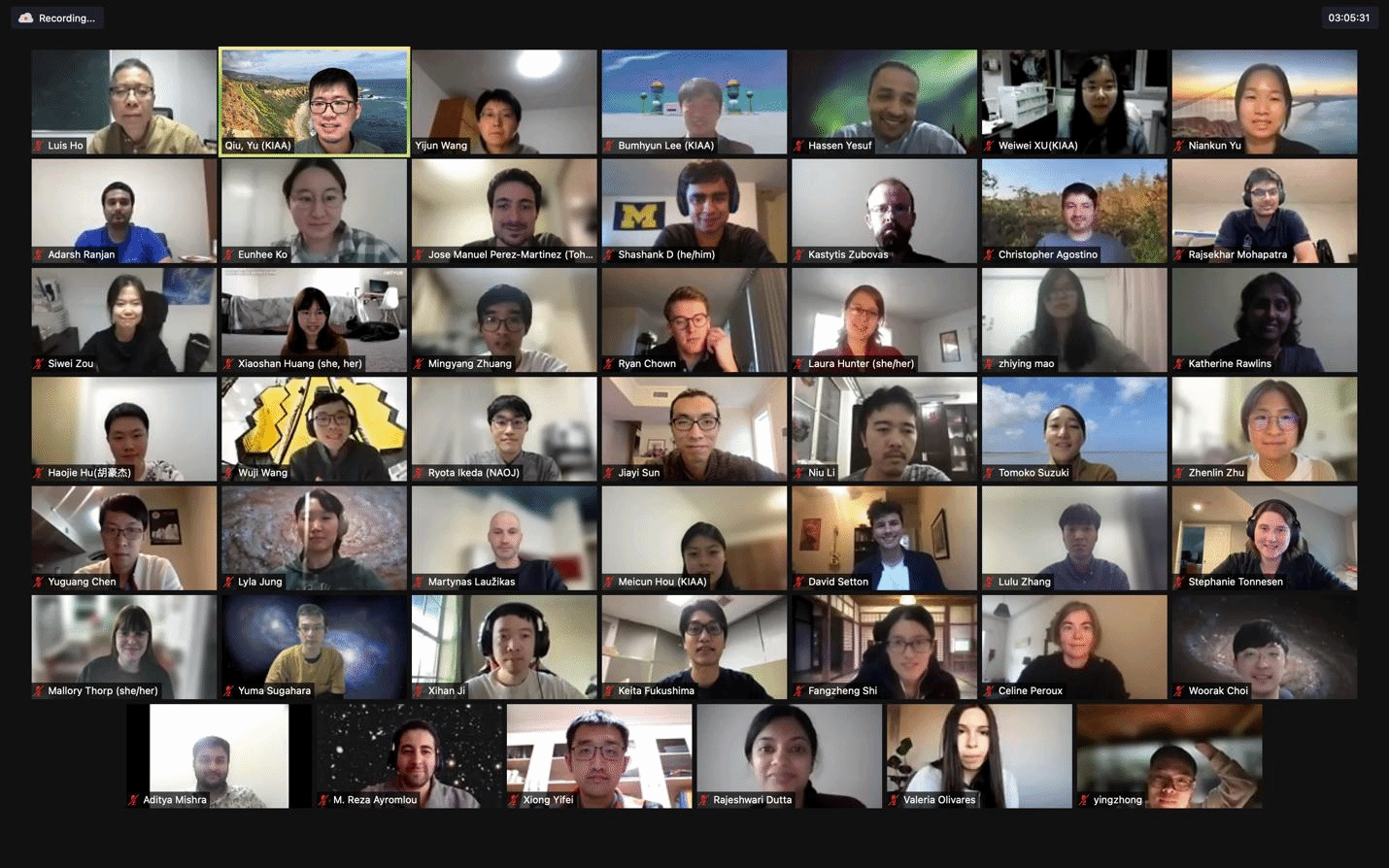 |
|
Thu, 2021-10-28 EPTA is a scientific collaboration bringing together teams of astronomers around the largest European radio telescopes, as well as groups specialized in data analysis and modelling of gravitational wave (GW) signals. It has published a detailed analysis of a c
|
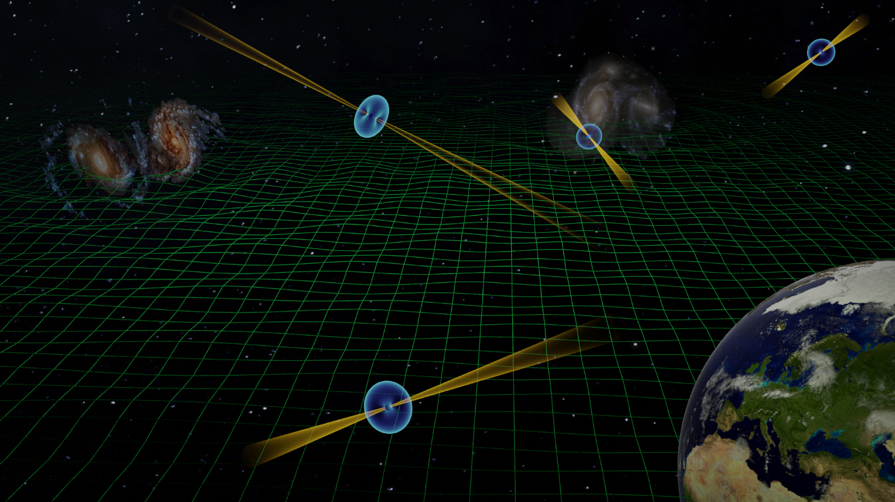 |
|
Tue, 2021-10-19 Si-Yue Yu (余思悦) has been awarded a prestigious Humboldt Research Fellowship for Postdoctoral Researchers after the Alexander von Humboldt Foundation's selection committee meeting in 2021.
|
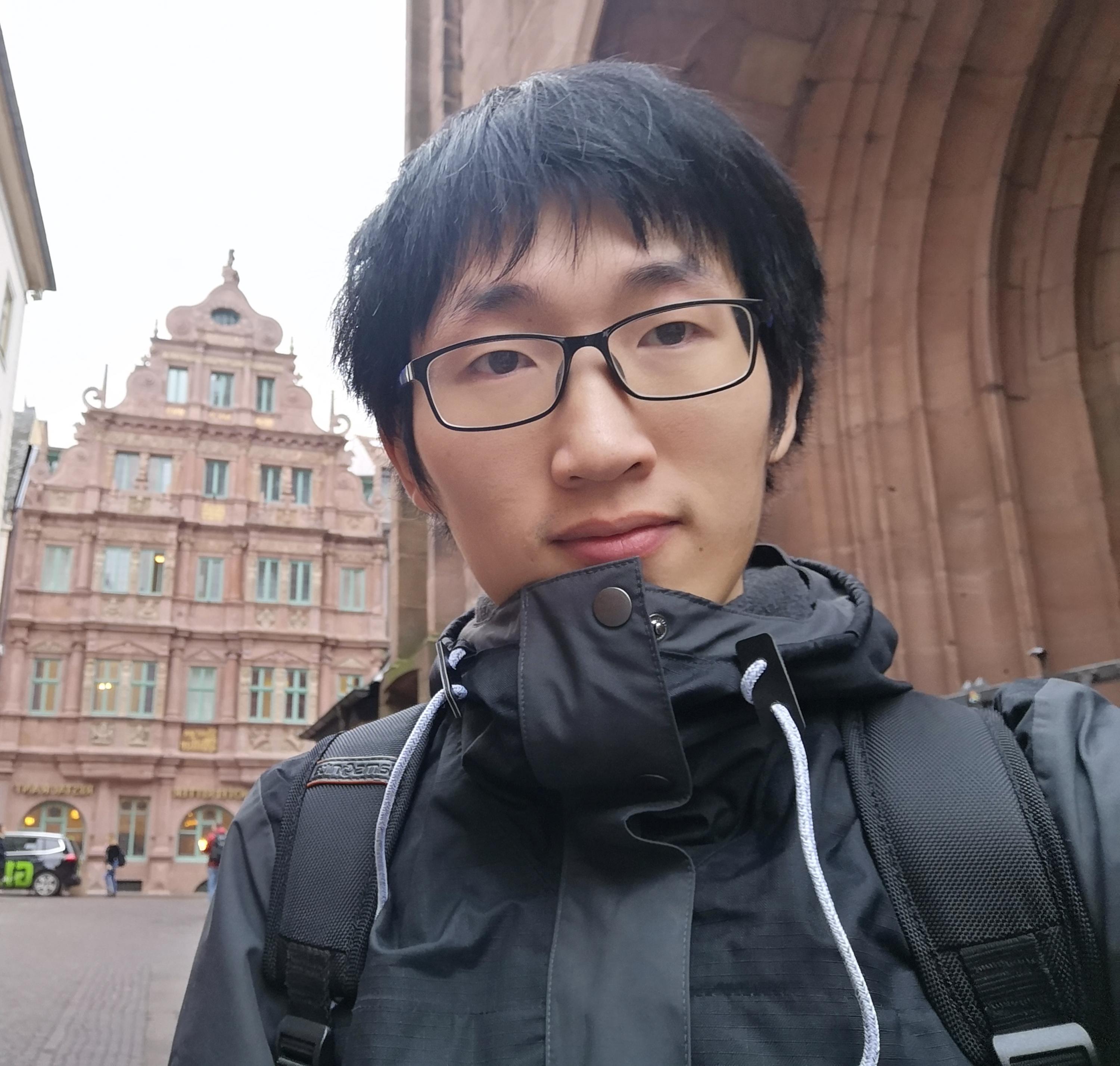 |
|
Mon, 2021-09-06 Imagine that you could go back in time and ask Albert Einstein if people could directly detect gravitational waves, the extraordinarily faint ‘ripples’ in space-time, it must be hard for him to admit that people could make it come true about 100 years after
|
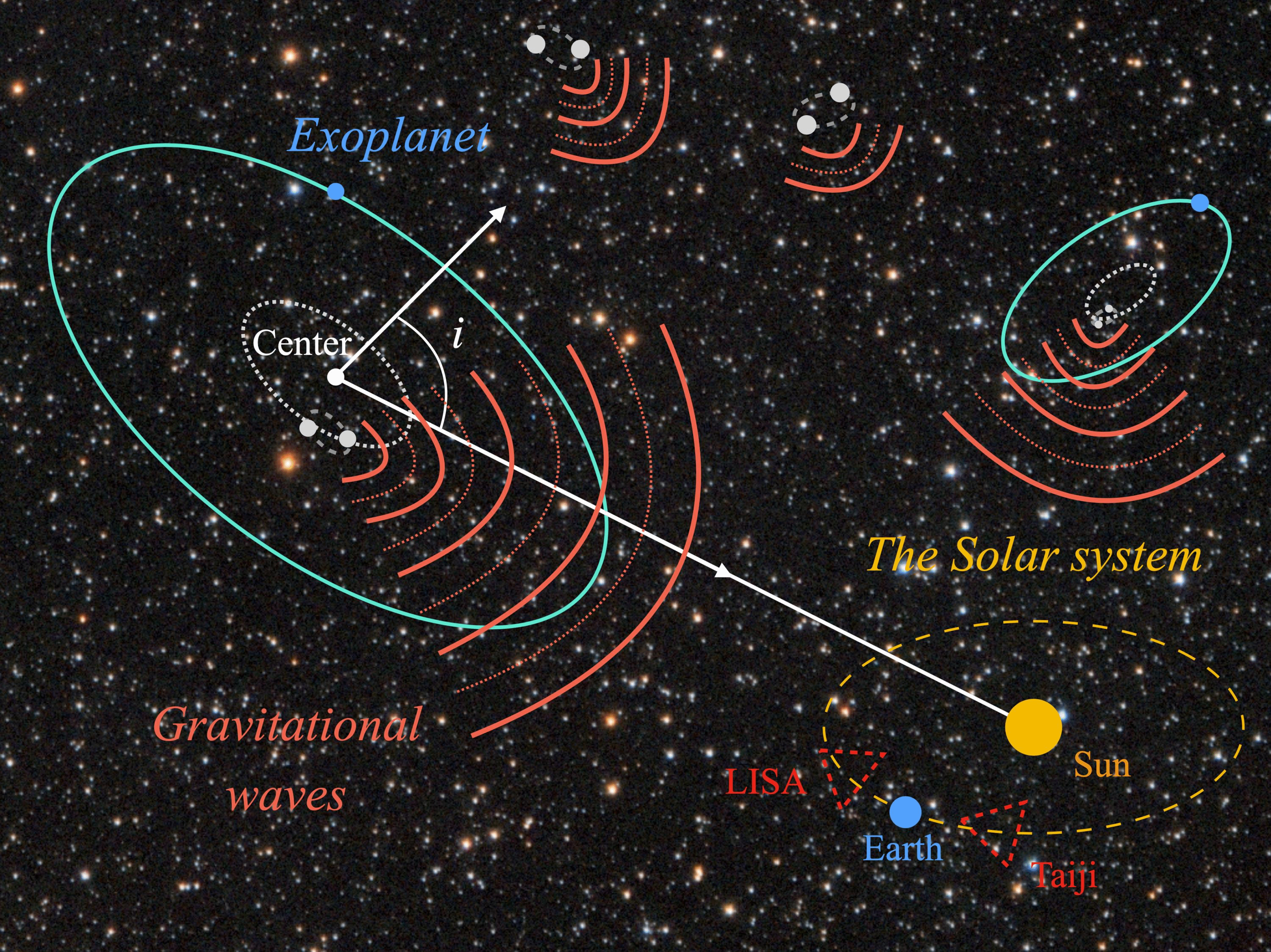 |
|
Fri, 2021-09-03 Jing Wang, faculty of KIAA at Peking University, was invited by the American Astronomical Society (AAS) for an interview as part of the AAS Journal Author Series with the Senior Lead Editor of the AAS Journals, Prof. Frank Timmes.
|
 |
|
Thu, 2021-07-08 Clusters of galaxies formed from the largest cosmological structures; they are the destination of galaxies traveling along the cosmic web, and serve as the best testbed for environmental effects that accelerate galaxy evolution. The Hydra cluster is the larges
|
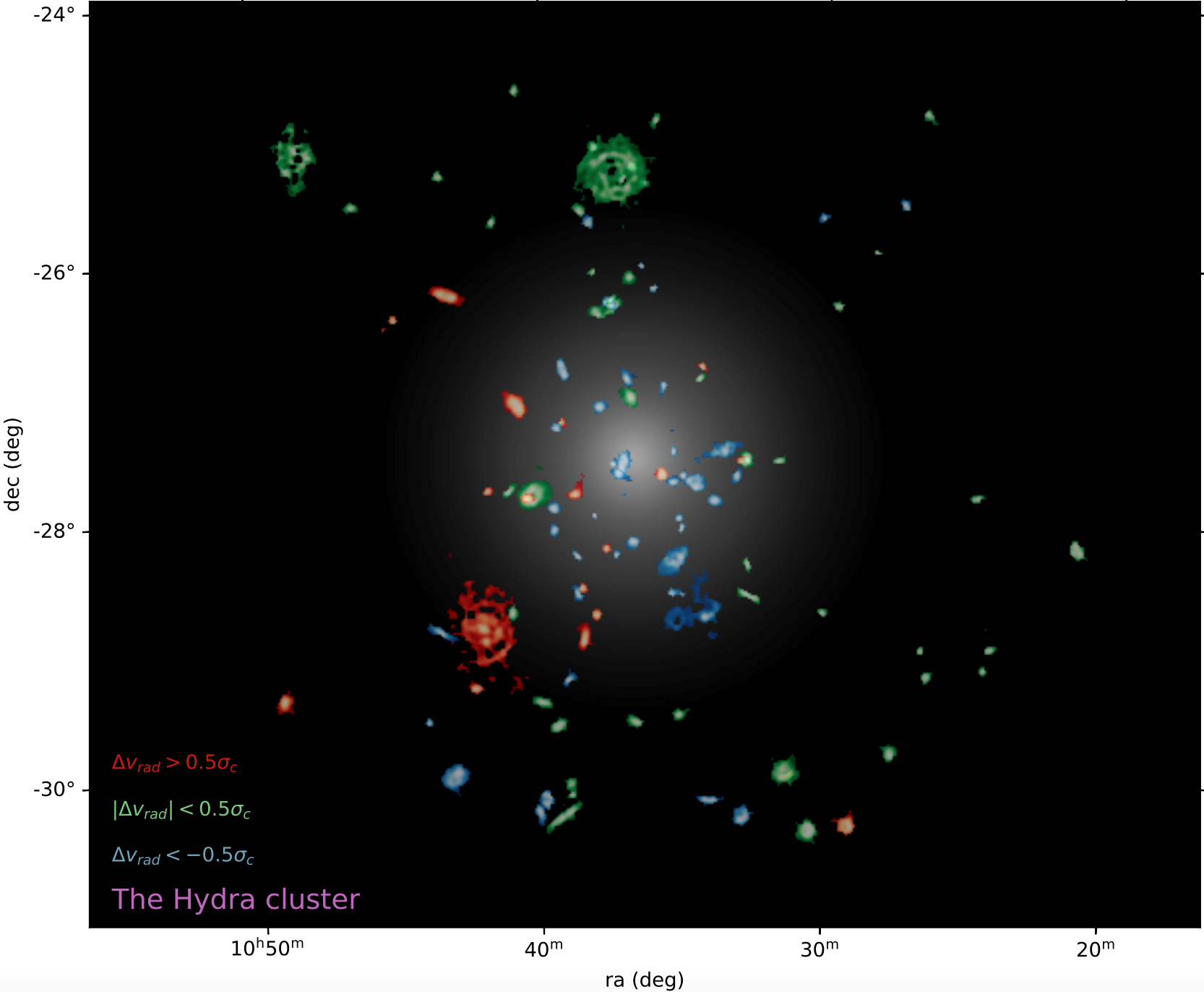 |
|
Thu, 2021-05-20 Dr. Meicun Hou was awarded the China Postdoctoral Foundation Innovative Program; Dr. Haifeng Yang and Dr. Swayamtrupta Panda won 2021 PKU Boya Fellowships.
|
 |
|
Wed, 2021-05-05 Hubble Space Telescope gives astronomers a rare look at a Jupiter-sized, still-forming planet that is feeding off material surrounding a young star.
|
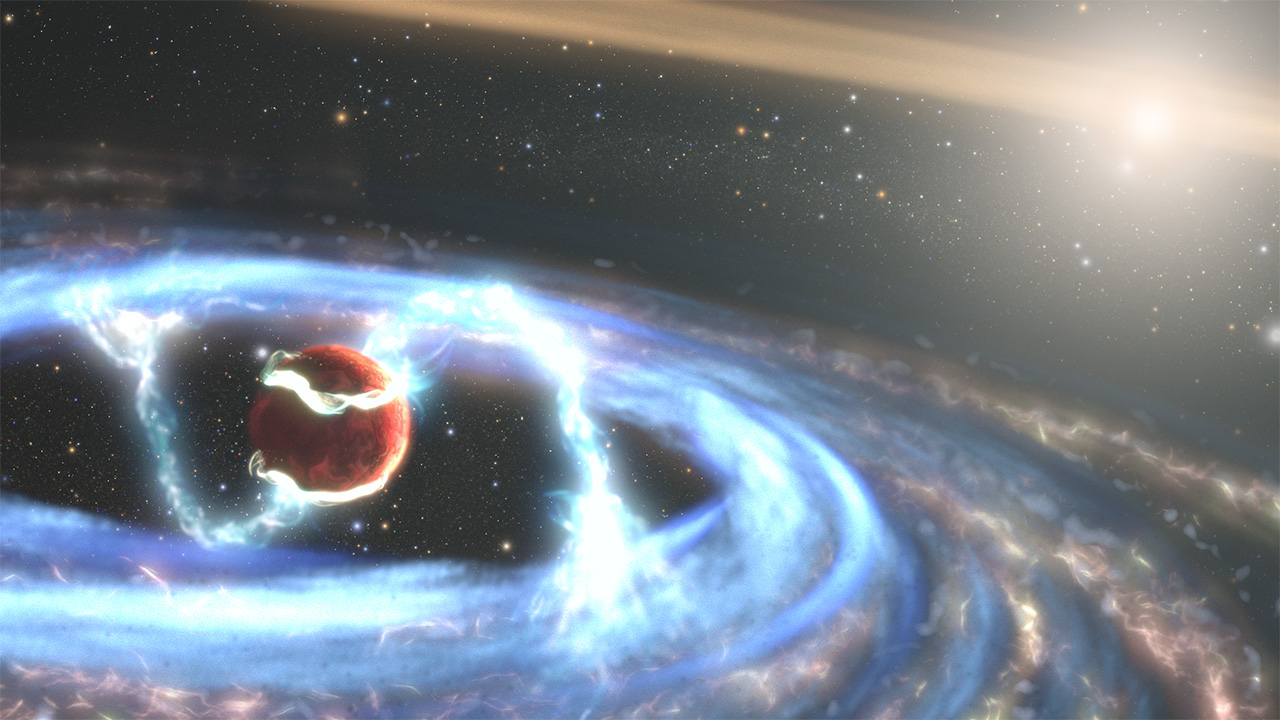 |
|
Fri, 2021-04-02 The discovery of new features of fast radio bursts, as revealed by the FAST radio telescope, was announced as a Top-10 Achievement in Chinese astronomy in 2020.
|
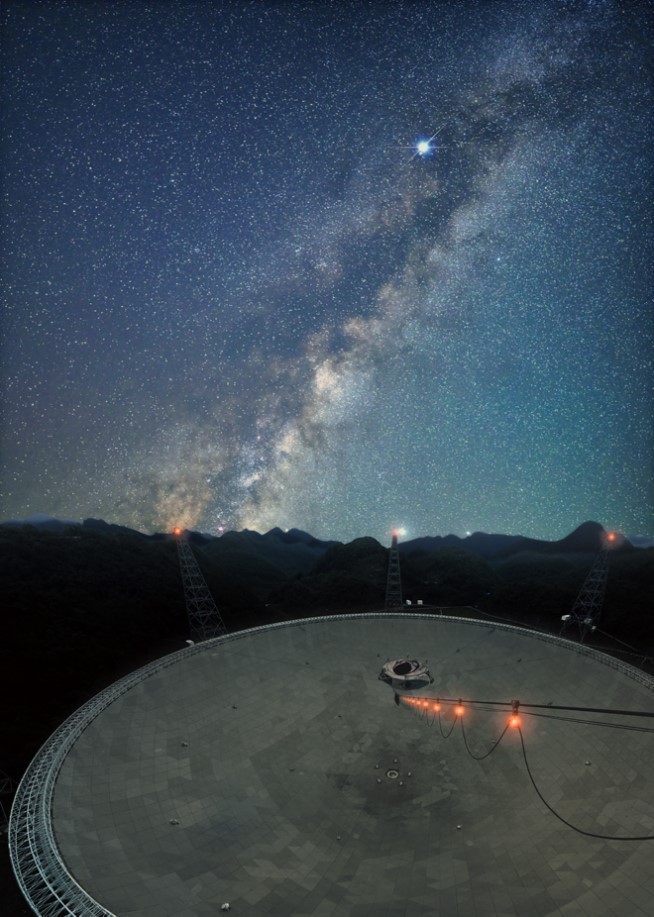 |
|
Thu, 2021-01-14 A team of astronomers led by the University of Arizona has observed a luminous quasar 13.03 billion light-years from Earth – the most distant quasar discovered to date. Two KIAA astronomers, Linhua Jiang and Xue-Bing Wu, joined the research team.
|
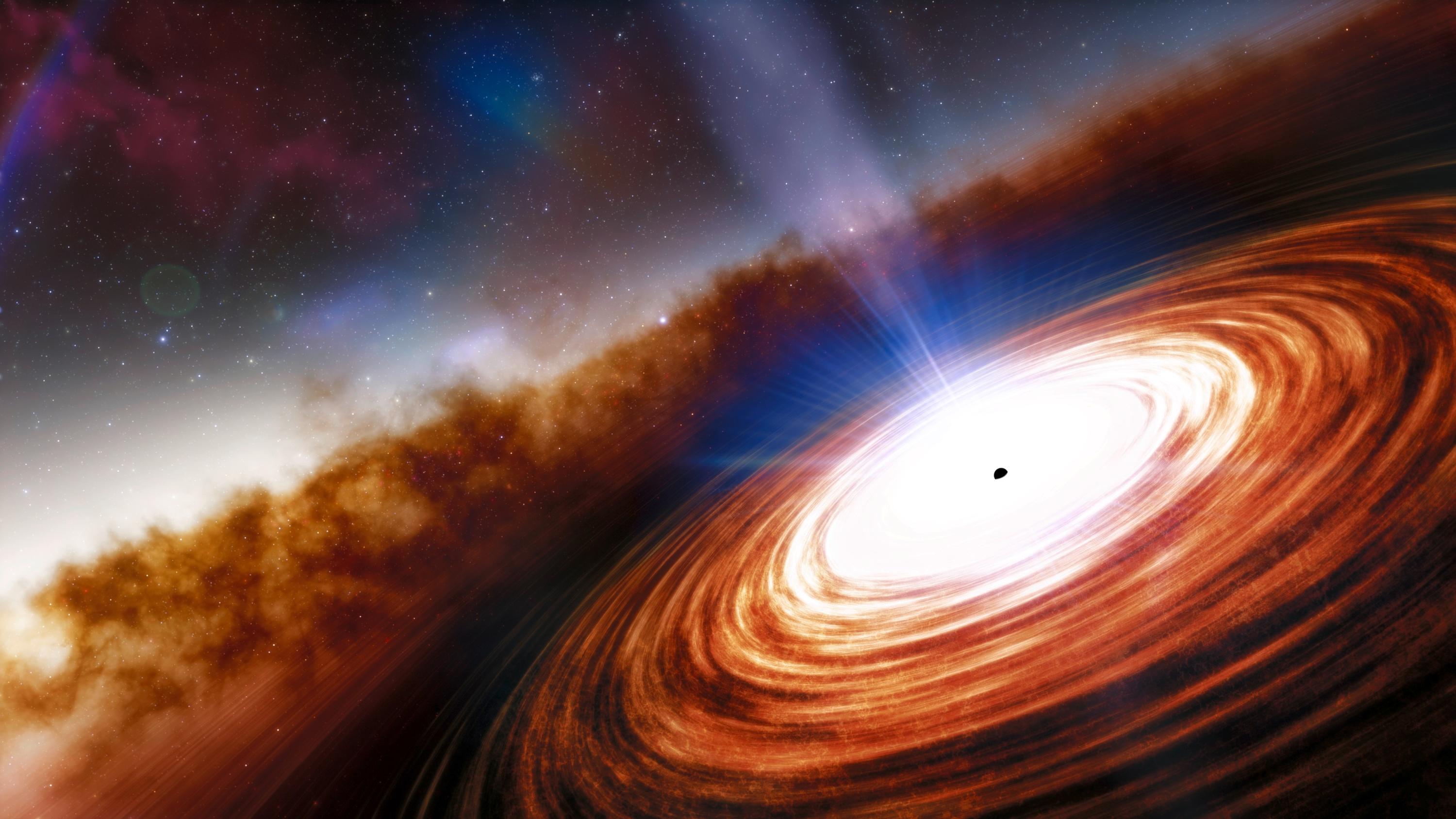 |










